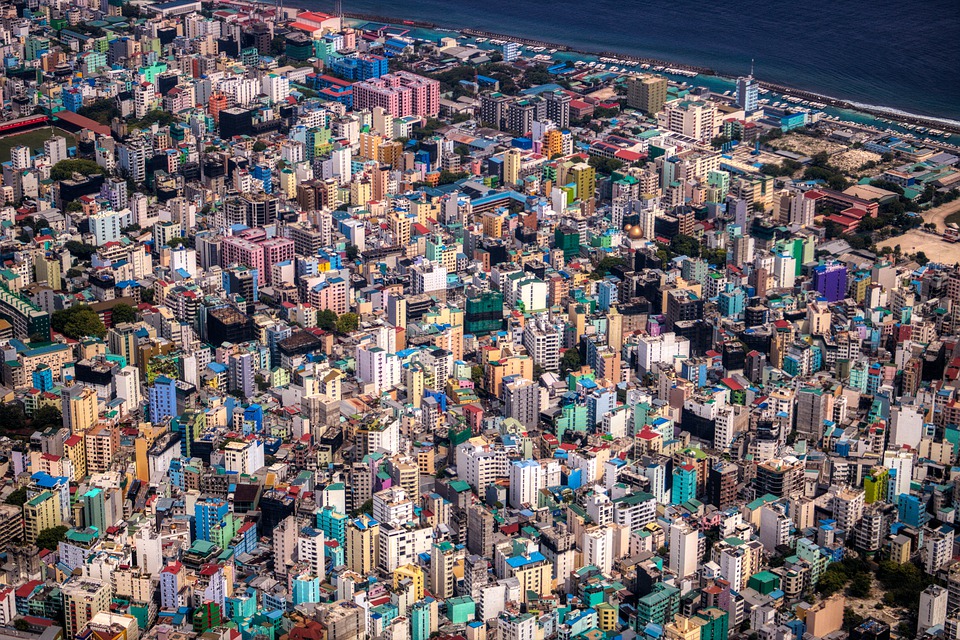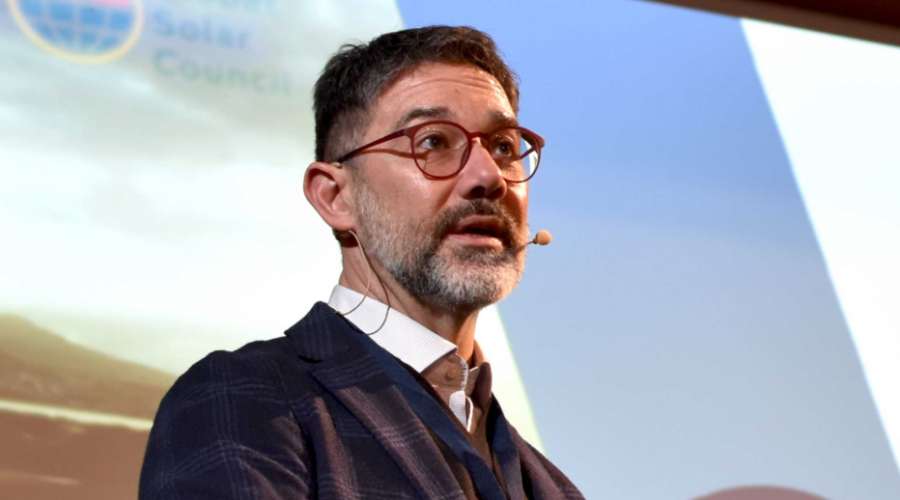The Maldives, which consists of 26 atolls southwest of Sri Lanka, is the lowest country in the world and its 1,192 islands are composed mainly of coral reefs and sand bars. This combination makes for an abnormally shallow aquifer and therefore groundwater and freshwater are extremely scarce.
The situation in the region is only being exacerbated by increasingly variable and unpredictable rainfall and sea level rise, which has intensified the urgency of ongoing action on climate adaptation.
An integrated water resources management programme (IWRM), originally established by the Adaptation Fund, was piloted on the islands of Mahibadhoo, Ihavandhoo and Gadhdhoo. They were selected because they represented different geographical locations across the archipelago and shared a flat topography, sitting between 0 to 0.5 metres above sea level.
Working alongside the UN Development Programme (UNDP) and the Ministry of Environment and Energy in the Maldives, the Adaptation Fund provided $8.9 million for the project.
The plan was to invest in a mix of physical systems and facilities to target primary water scarcity issues on the islands, and then to address the educational and engagement opportunities for water users to contribute and evaluate their options with their suppliers. There were three primary methods pursued – the harvesting of rainwater, the implantation of water recharge systems and the desalination of seawater.
A plan to utilise seawater through desalination was proposed and a system to assess the operational and maintenance flaws of previous desalination efforts was developed. A local Maldivian resident explained that “it is a good idea to have a desalination plant on the island because it works as a back-up supply of water in the dry season when there is no rain”.
The innovative success of the project came from introducing “a notion of hybrid water production technology that combines sea water desalination technology with rainwater collection, which blends into a singular system of water production and delivery,” explained Chachibaia, adding that this blend of systems was done in “order to reduce the cost of water production. But perhaps the most significant success was the catalytic effect the Adaptation Fund project had on wider climate resilience prospects in the Maldives.
Other recent examples include successful Adaptation Fund projects to improve climate resilient water management practices in Colombia, enhance flood management in Georgia and reduce the risk of glacial floods in northern Pakistan – which are all being scaled up by the Green Climate Fund.












